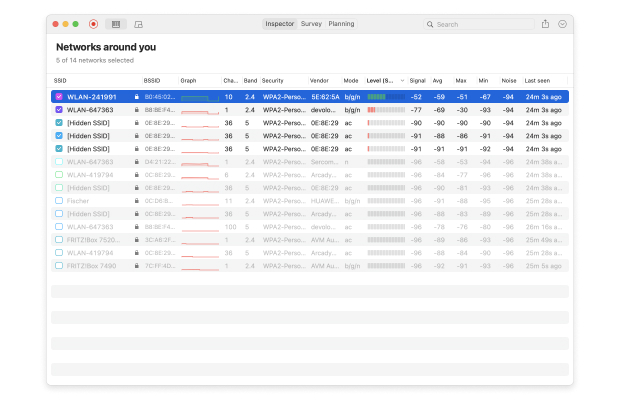Viasat Internet Coverage
Viasat internet plans are available in the following states:
| Alabama | Montana |
| Alaska | Nebraska |
| Arizona | Nevada |
| Arkansas | New Hampshire |
| California | New Jersey |
| Colorado | New Mexico |
| Connecticut | New York |
| Delaware | North Carolina |
| District Of Columbia | North Dakota |
| Florida | Ohio |
| Georgia | Oklahoma |
| Hawaii | Oregon |
| Idaho | Pennsylvania |
| Illinois | Rhode Island |
| Indiana | South Carolina |
| Iowa | South Dakota |
| Kansas | Tennessee |
| Kentucky | Texas |
| Louisiana | Utah |
| Maine | Vermont |
| Maryland | Virginia |
| Massachusetts | Washington |
| Michigan | West Virginia |
| Minnesota | Wisconsin |
| Mississippi | Wyoming |
| Missouri |
That’s right, Viasat satellite internet covers all 50 states and nearly 100 percent of the U.S. population.

Unlike with cable or fiber internet, you don’t need any existing internet infrastructure to be in place to start using Viasat Unlimited internet plans or, if available in your location, Viasat Liberty plan (check the Viasat internet coverage map for more information). This benefit of satellite internet alone is enough to make it the best option for many people living in rural areas.
Unfortunately, you can’t use Viasat internet with your own Wi-Fi router. The service uses a custom satellite dish and a modem, and a professional technician is required to install both.
The provided Viasat Wi-Fi modem doesn’t offer to much in terms of coverage, so we highly recommend you run a Viasat speed test to verify that you’re getting the download and upload speeds you’re paying for.
If not, then you can attempt to improve them by finding a better place for the modem using a Wi-Fi analyzer like NetSpot to quickly and easily create detailed maps of wireless signal distribution.

NetSpot can also collect comprehensive information about other networks in your area, helping you determine the optimal Wi-Fi settings.